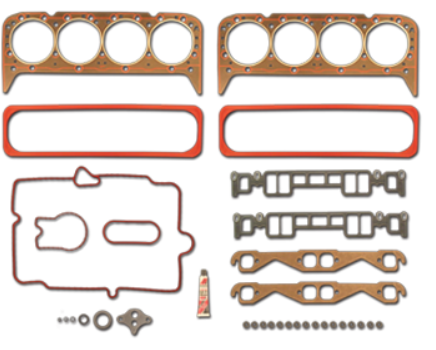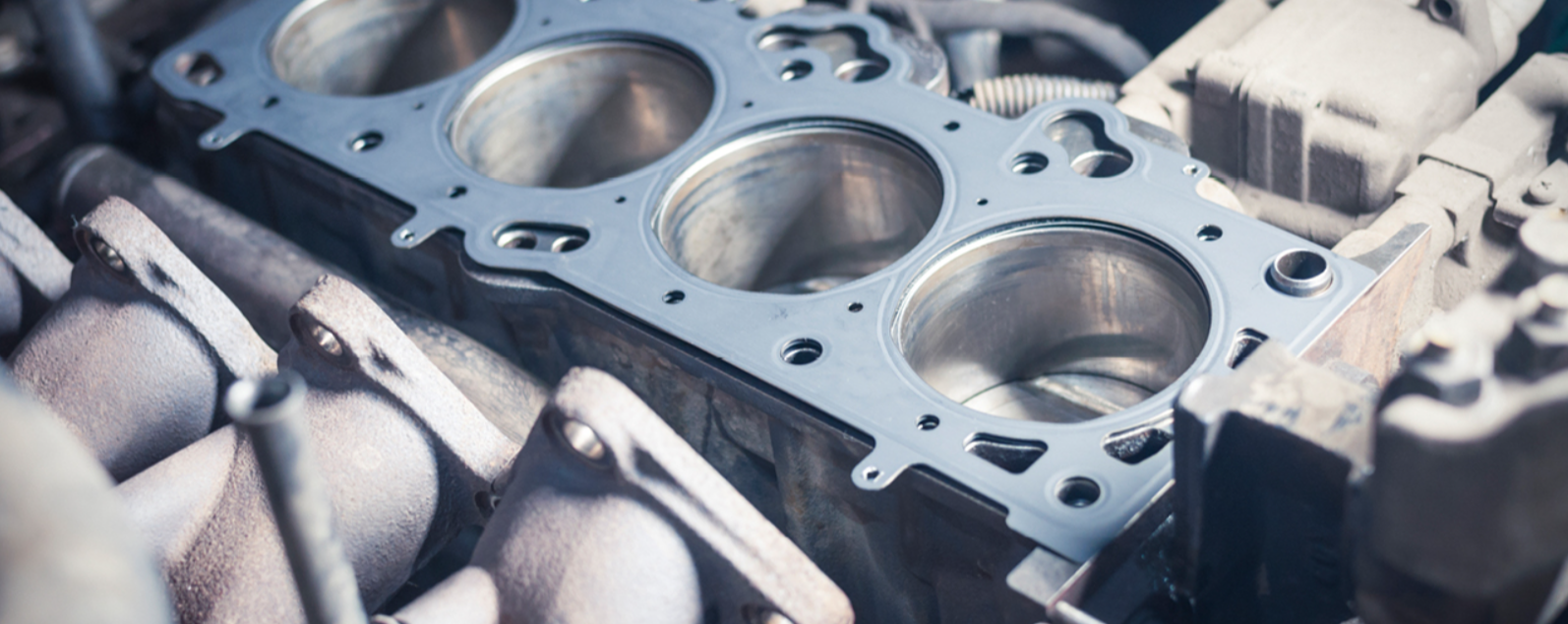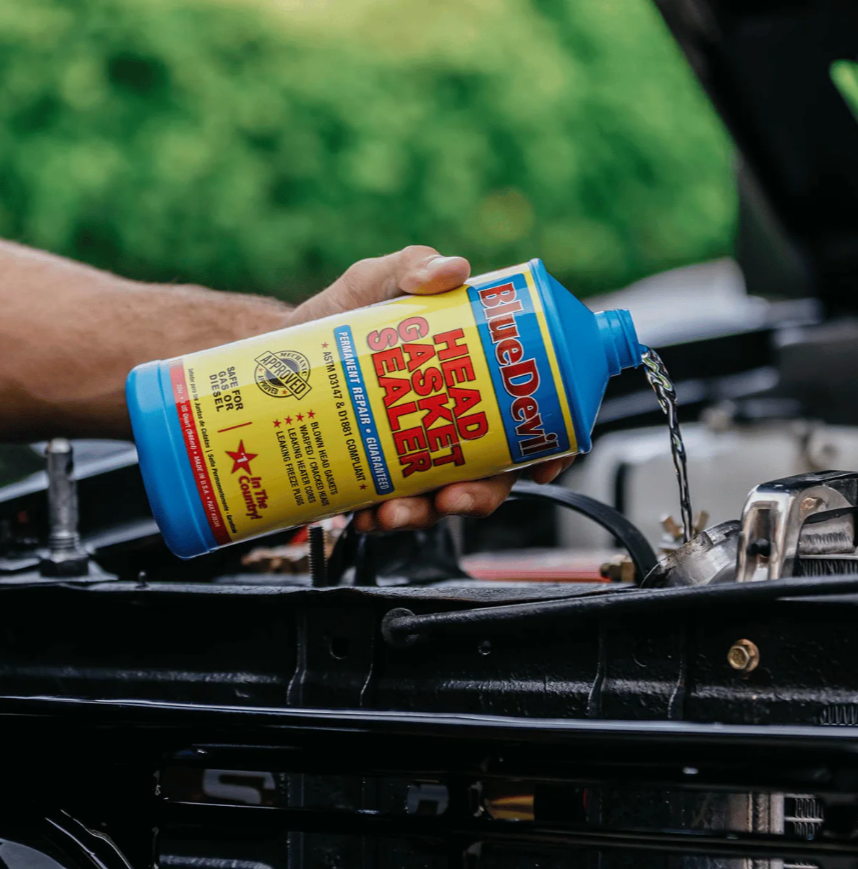The engine is a critical component of any vehicle, and at the heart of it lies the head gasket, an essential part that ensures optimal performance. For enthusiasts and mechanics working with the 5.9 Magnum engine, grasping the details surrounding the 5.9 Magnum head gasket is crucial. This detailed guide will explore the function of the 5.9 Magnum head gasket, its significance, common problems, and best practices for selection, installation, and maintenance to achieve peak engine performance.
A Comprehensive Guide for Drivers in the USA
Defining the 5.9 Magnum Head Gasket
The head gasket is a critical component that acts as a seal between the engine block and the cylinder head. In a 5.9 Magnum engine, its primary function is to secure the combustion chambers and to seal the coolant and oil passages. This essential part prevents fluid leaks and maintains the compression necessary for optimal engine performance. If the head gasket malfunctions, it can cause issues ranging from reduced power output and overheating to complete engine failure. Built to withstand extreme pressures and high temperatures, the 5.9 Magnum head gasket is indispensable for ensuring the engine’s durability and long-term reliability.
Why the Head Gasket is Crucial for the 5.9 Magnum Engine
The head gasket is far more than just a sealing mechanism; it significantly influences the engine’s overall functionality and longevity. For the 5.9 Magnum engine, which is well-regarded for its strength and durability, a perfectly functioning gasket is key to keeping the engine operating smoothly. A compromised gasket can result in coolant leaks, oil mix-ups, and loss of compression, all of which can lead to extensive and costly engine damage. Thus, understanding how to properly maintain and replace the 5.9 Magnum head gasket is essential for any vehicle owner.
Technical Insights and Frequent Issues
Construction and Composition of the 5.9 Magnum Head Gasket
The design of the 5.9 Magnum head gasket is engineered with precision to meet the specific demands of high-performance engines. It is typically crafted from multi-layer steel (MLS) and features elastomeric coatings that enhance flexibility and withstand extreme operation conditions. These material choices are intended to ensure the gasket maintains its structural integrity even when subjected to high engine temperatures and pressures. Some variations may even include composite layers for improved durability and sealing performance.
Key Features:
- Multi-layer Steel Structure: Provides exceptional strength and resilience.
- Elastomeric Coating: Enhances flexibility and sealing efficiency.
- Heat Resistance: Capable of enduring high operating temperatures.
- Pressure Endurance: Maintains a reliable seal under high-pressure scenarios.
Typical Indicators of a Worn Gasket
Despite its robust design, the 5.9 Magnum head gasket can face challenges over time, often due to overheating, normal wear and tear, or improper installation. Common signs of a failing head gasket include:
- Coolant Loss: A marked decrease in coolant levels may indicate a leak.
- Overheating Engine: Continuous overheating could signal a gasket issue.
- White Exhaust Smoke: This often suggests coolant seepage into the combustion chamber.
- Oil Contamination: A milky oil consistency is a warning sign.
- Reduced Engine Power: Performance dips due to compromised compression.
Should any of these symptoms present themselves, consulting a qualified mechanic is essential for diagnosing whether a gasket replacement is necessary.
Selecting and Evaluating Options
OEM vs. Aftermarket 5.9 Magnum Head Gaskets
When it comes to replacement options for the head gasket, two primary categories exist: OEM (Original Equipment Manufacturer) and aftermarket alternatives.
- OEM 5.9 Magnum Head Gasket: Manufactured to the precise specifications of the original component, ensuring compatibility and superior performance. While they tend to be pricier, they are known for their reliability and lifespan.
- Aftermarket 5.9 Magnum Head Gasket: Produced by third-party companies, these options might deliver comparable performance at a lower cost. However, quality can vary significantly, making it crucial to choose well-established brands.
Essential Considerations When Choosing a Gasket
When selecting a 5.9 Magnum head gasket, keep the following factors in mind:
- Material Quality: Ensure the gasket is made from high-quality materials, such as multi-layer steel.
- Compatibility: Verify that the gasket is suitable for your specific engine model.
- Performance Standards: Look for gaskets that have been tested under high temperature and pressure situations.
- Warranty and Reviews: Consider manufacturer warranties and read customer feedback to assess long-term reliability.
- Cost: Aim for a balance between affordability and quality, ensuring you get a suitable gasket without overspending.
Installation Guidance
Step-by-Step Process for Replacing a 5.9 Magnum Head Gasket
Replacing a head gasket is a complex procedure that usually requires professional help. However, familiarizing yourself with the basic steps can enhance your understanding of the care required during installation:
- Preparation: Assemble necessary tools and materials.
- Remove Engine Components: Carefully detach relevant parts to access the head gasket.
- Clean Surfaces: Ensure that both contacting surfaces are pristine and debris-free.
- Install New Gasket: Position the new head gasket correctly before reassembling.
- Reassemble Components: Put everything back in place methodically, ensuring each part is re-secured appropriately.
- Test the Engine: Once reassembled, start the engine to check for leaks and ensure proper functionality.
Understanding the significance of the 5.9 Magnum head gasket and adhering to proper installation and maintenance practices can greatly enhance vehicle longevity and performance.










